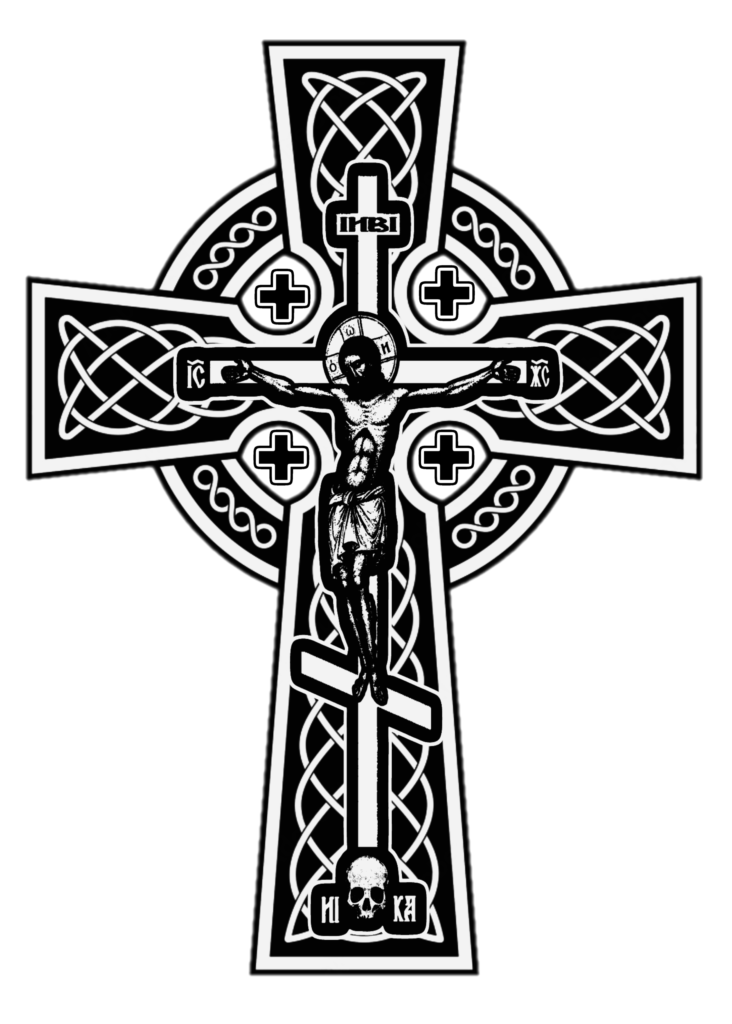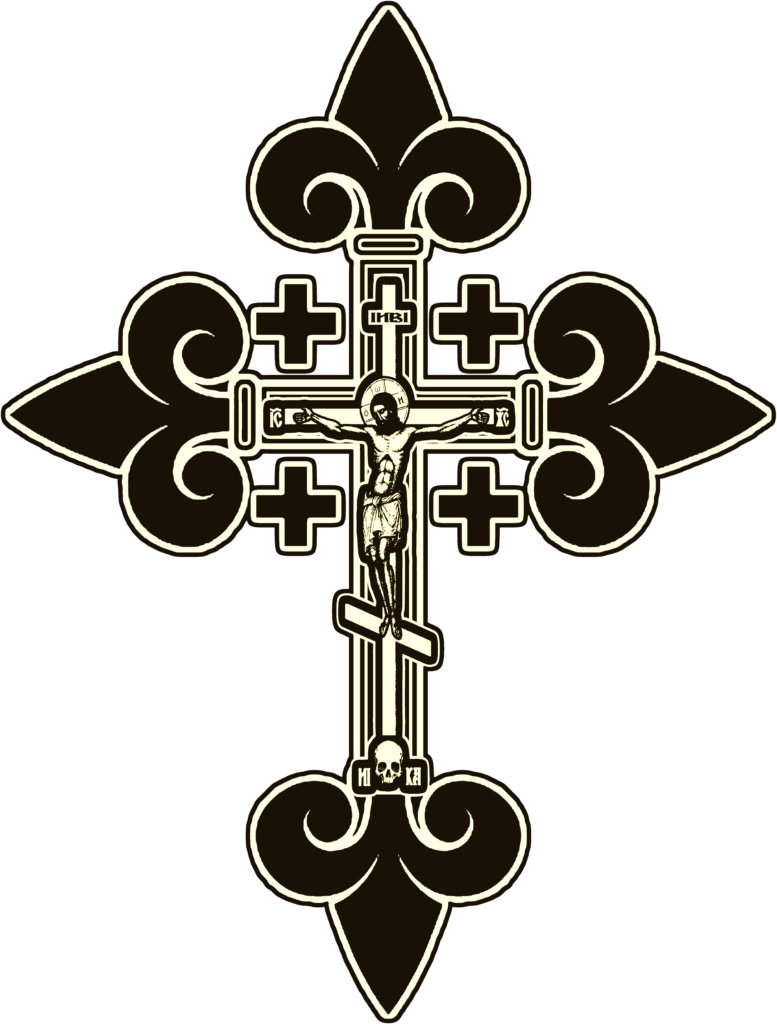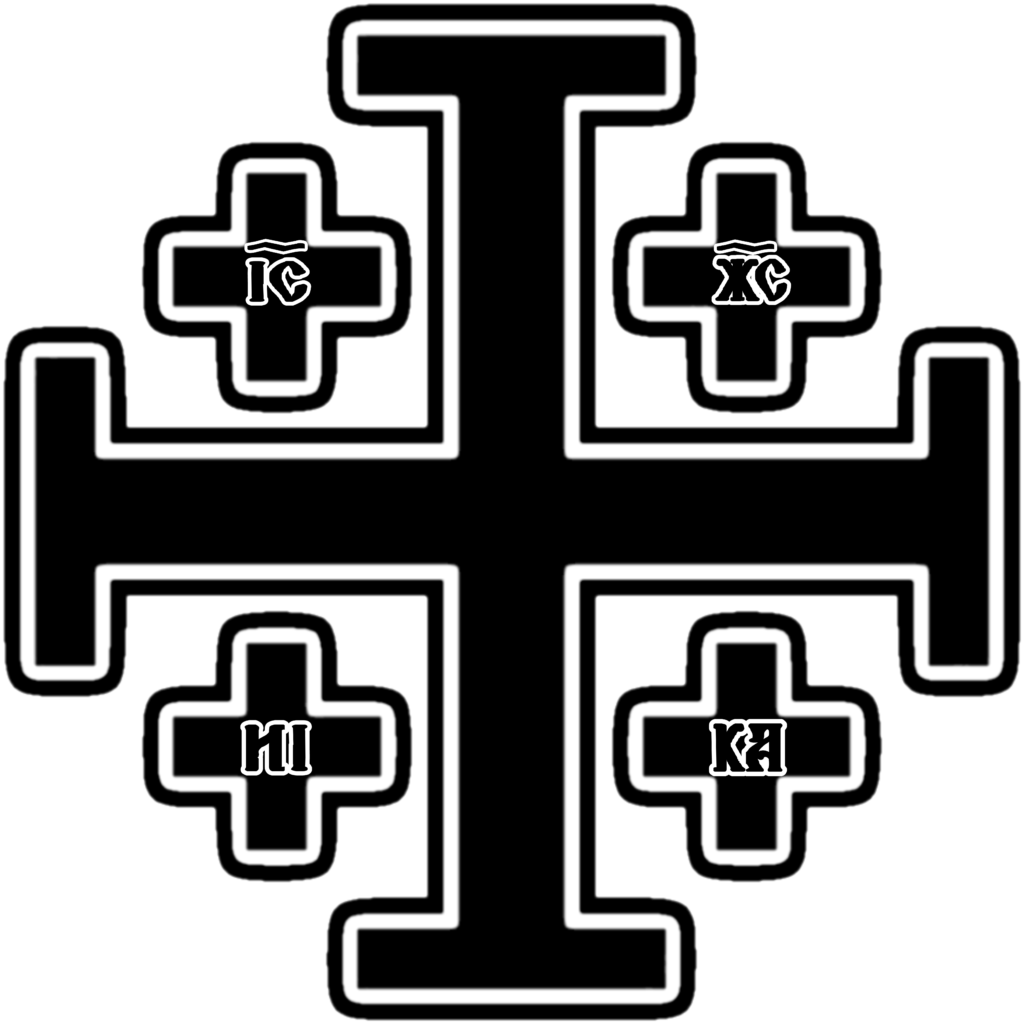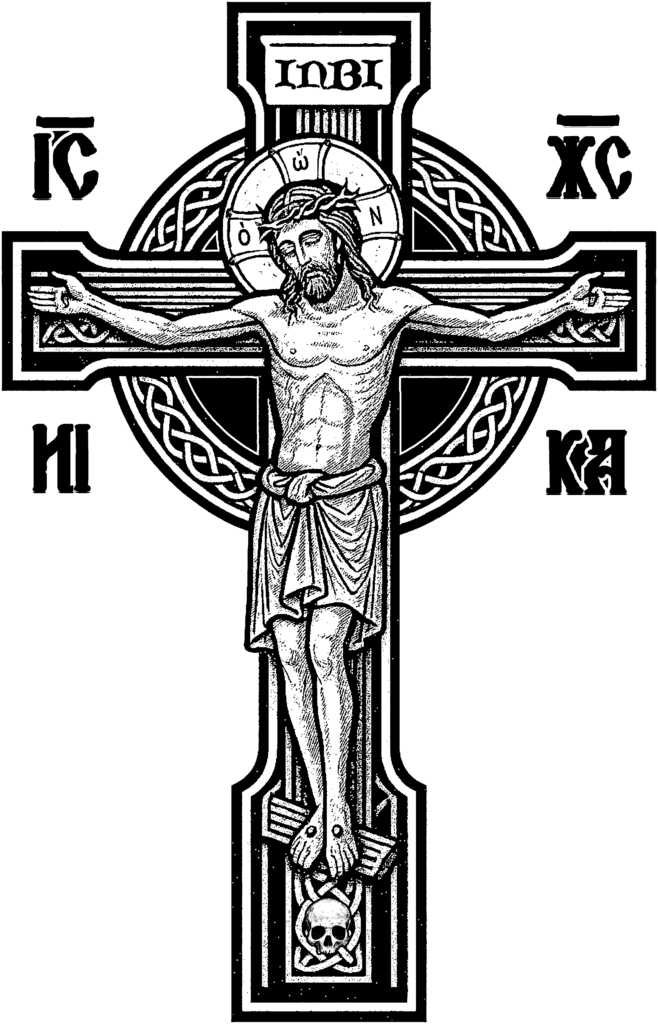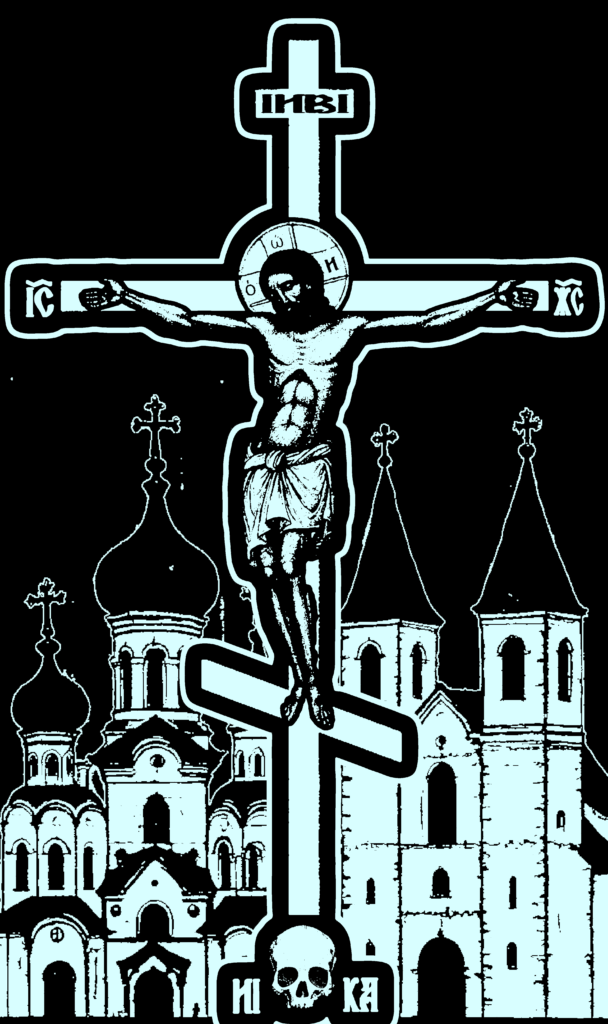
Before the Great Schism of 1054, Christianity spanned continents and cultures, forming a vast, spiritually united communion known as the
One, Holy, Catholic, and Apostolic Church.
From the green hills of Ireland to the sands of Egypt, from Iberia to Antioch, the early Christian world was a mosaic of traditions, languages, and expressions of faith, yet all bound together by common belief, apostolic succession, and sacramental life.
This unity was not uniformity; it was a rich tapestry of faith embodied in different peoples. Through history, theology, and sacred art, we uncover the deep connections between the various Christian cultures that once stood united in the undivided Church.
This symbolic fusion reminds us that the Church was once a truly catholic (universal) body, with believers in Europe, Africa, and the Middle East worshipping in different ways but sharing the same faith.
The Cultural Threads of a United Church
Celtic Christianity (Ireland, Scotland, Wales)
Centered on monasticism, asceticism, and pilgrimage.
Produced saints, missionaries, and unique spiritual poetry.
Though geographically remote, it maintained communion with Rome and the wider Christian world.
Latin Christianity (Rome, France, Germany, Iberia)
Rome was the spiritual and administrative heart of the Western Church.
France and Germany became centers of learning and mission through figures like St. Martin of Tours and St. Boniface.
Spain and Portugal cultivated strong Marian devotion, martyr veneration, and liturgical beauty.
Greek Orthodoxy (Byzantium, Greece, Balkans)
Theological and liturgical heart of the Christian East.
Home of ecumenical councils and deep theological reflection.
Preserved sacred traditions through iconography, hymnody, and monastic life.
Antiochian Christianity (Syria, Lebanon)
One of the earliest and most influential centers of Christian theology.
Known for its scriptural exegesis, catechesis, and early liturgical forms.
A vital patriarchate in communion with Rome and Constantinople.
Armenian Christianity
First nation to adopt Christianity as a state religion (301 AD).
Developed its own liturgical language, music, and national theology.
Maintained communion with the broader Church before later doctrinal divergences.
Coptic Christianity (Egypt)
The cradle of Christian monasticism.
Deeply theological, mystical, and rooted in the legacy of Alexandria.
Though later distinct as part of Oriental Orthodoxy, it was part of the early unified Church.
Ethiopian Christianity
A continuation of Alexandrian Christianity adapted to local culture.
Maintained ties to Jerusalem and the broader Christian world.
Rich in liturgical tradition, biblical devotion, and ancient Christian art.
Russian and Slavic Christianity
Baptized into Christianity in 988 under Prince Vladimir of Kievan Rus.
Adopted Byzantine liturgy and theology.
Flourished in iconography, mysticism, and monasticism.
Jerusalem
The spiritual center of Christianity for all cultures.
Site of Christ’s crucifixion, resurrection, and early Church.
Maintained ties with all patriarchates and served as a universal pilgrimage destination.
The Pillars of Unity
Despite their differences, all these Christian traditions shared:
- Belief in the Trinity and the divinity of Christ.
- Apostolic succession and sacramental theology.
- Participation in ecumenical councils.
- Reverence for Scripture, saints, and sacred tradition.
- Pilgrimage to Jerusalem and veneration of the Cross.
- This common foundation made them not just allied faiths, but expressions of the same one, holy, catholic, and apostolic Church.
John 17:21
“That they may all be one, as you, Father, are in me, and I am in you, that they also may be one in us, so that the world may believe that you have sent me.”

